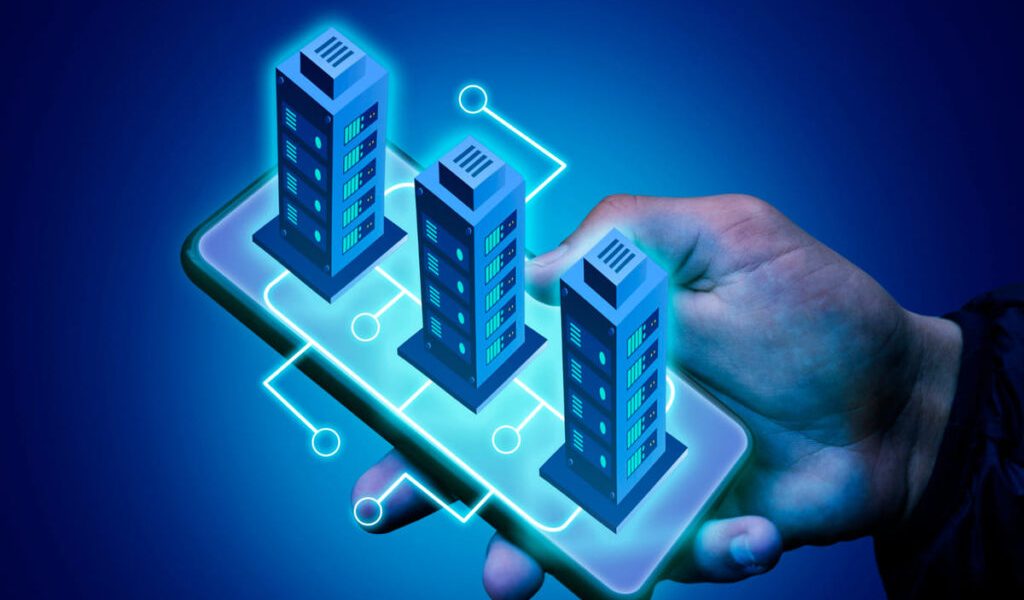The digital and physical worlds are no longer separate domains; they are converging into a single, intelligent ecosystem. At the heart of this transformation lies the fusion of the Internet of Things (IoT) and automation, a combination that is fundamentally reshaping how businesses operate. For decades, Enterprise Resource Planning (ERP) systems have served as the central nervous system of the organization, but traditional, monolithic ERPs are struggling to keep pace. They were built for a world of manual data entry and periodic reporting, not for the relentless, real-time data streams generated by billions of connected devices. This is where the concept of a “Smart ERP” emerges—an agile, predictive, and automated system built for the modern enterprise. As a leader in this space, our team at We LowCode leverages premier Mendix Development Services to help businesses evolve beyond their legacy constraints and build the intelligent ERP solutions of the future.
The journey from a traditional ERP to a Smart ERP is a significant strategic shift. Legacy systems are often characterized by rigid data silos, a lack of flexibility, and an inability to process and act on real-time information. They are systems of record, not systems of intelligence. A Smart ERP, by contrast, is a dynamic, proactive ecosystem. It ingests live data from IoT sensors, uses AI-driven automation to trigger workflows, and provides predictive insights that empower proactive decision-making. Imagine a manufacturing floor where a machine sensor doesn’t just report a potential failure but automatically schedules maintenance, orders the necessary replacement parts, and adjusts production schedules—all without human intervention. This is the promise of a Smart ERP. Navigating this transition requires a clear vision and deep technical expertise. This is why businesses partner with We LowCode for expert Mendix consulting, as we provide the strategic guidance needed to augment or systematically replace outdated systems with agile, Mendix-built applications that deliver tangible business value from day one.
At the core of this evolution is a platform capable of bridging the gap between Operational Technology (OT) on the factory floor and Information Technology (IT) in the back office. Mendix is uniquely positioned to be this engine. Unlike traditional coding, which is slow and resource-intensive, Mendix provides a visual, model-driven environment that dramatically accelerates development. More importantly, its open architecture and robust integration capabilities allow it to seamlessly connect with IoT platforms, legacy ERPs, and other enterprise systems. With Low-code development Mendix, organizations can empower both professional developers and business-side experts to collaborate on building the custom applications that form the fabric of a Smart ERP. This collaborative approach ensures that the solutions are not only technically sound but also perfectly aligned with the business processes they are designed to improve, transforming the ERP from a rigid monolith into a flexible, composable, and intelligent platform.
Key IoT Trends Powering the Smart ERP
Several interconnected IoT trends are making the Smart ERP not just a possibility, but a necessity for competitive advantage.
1. Edge Computing for Real-Time Action
In the past, IoT data was sent to a central cloud for processing, creating latency that made real-time responses impossible. Edge computing changes this paradigm by processing data closer to its source—the “edge” of the network. For a Smart ERP, this means an IoT sensor on a remote oil rig can analyze data locally and trigger an immediate shutdown sequence via a Mendix application, while simultaneously sending a summary report to the central ERP. Mendix is perfectly suited for this architecture, as it can be used to build lightweight applications that run on edge devices, enabling immediate, localized actions that are then orchestrated with core business processes.
2. Digital Twins for Predictive Insights
A digital twin is a virtual replica of a physical asset, process, or even an entire factory. Fed by real-time IoT data, this virtual model allows businesses to simulate scenarios, predict outcomes, and optimize performance. When integrated with an ERP, a digital twin becomes incredibly powerful. For example, a logistics company can use a digital twin of its supply chain to model the impact of a port closure. The simulation would show potential delays, and the Smart ERP, powered by Mendix workflows, could automatically re-route shipments, notify customers, and adjust inventory levels. Mendix excels at building the dashboards and interactive applications that allow users to visualize and engage with digital twin data, turning complex simulations into actionable business intelligence.
3. Deep Industrial IoT (IIoT) Integration
In sectors like manufacturing, logistics, and energy, the Industrial Internet of Things (IIoT) is creating unprecedented visibility and control.
- In Manufacturing, sensors monitor machine health, allowing a Mendix application to analyze performance data and trigger predictive maintenance work orders in the ERP, minimizing downtime and reducing costs.
- In Logistics, GPS and environmental sensors on shipping containers provide real-time location and condition data. A Mendix-built application can feed this directly into the ERP, providing customers with live tracking, automating customs paperwork, and optimizing delivery routes.
- In Utilities, smart meters provide real-time energy consumption data. This allows a Smart ERP to manage dynamic pricing, automate billing, and even help balance the energy grid by incentivizing off-peak usage through a customer-facing Mendix app.
Automation Trends Creating Intelligent Workflows
IoT provides the data, but automation gives it purpose. Modern automation technologies are what allow a Smart ERP to act on intelligence.
1. Hyperautomation for End-to-End Efficiency
Hyperautomation goes beyond simple task automation by combining multiple technologies—including Robotic Process Automation (RPA), Artificial Intelligence (AI), and process mining—to automate entire end-to-end business processes. Consider the procure-to-pay cycle. An IoT sensor might signal that raw material inventory is low. This trigger can kick off a hyperautomated workflow orchestrated by Mendix: an RPA bot finds the best supplier and price, an AI model approves the purchase order based on predefined rules, and the transaction is recorded in the ERP, all seamlessly and without human touch. Mendix serves as the “conductor” of this orchestra, creating the overarching application that connects disparate systems and technologies.
2. AI-Powered Process Mining and Optimization
You can’t fix a problem you can’t see. Process mining tools analyze event logs from your ERP and other systems to create a visual map of how your business processes actually run, revealing hidden bottlenecks and inefficiencies. For example, process mining might discover that invoice approvals are consistently delayed when routed through a specific department. Once this inefficiency is identified, you can use low-code development Mendix to rapidly build and deploy a new mobile approval application that streamlines the workflow and eliminates the bottleneck. This creates a powerful, continuous improvement loop: discover with process mining, and optimize with Mendix.
Your Roadmap to a Smart ERP with We LowCode
Transitioning to a Smart ERP is a journey, not a single project. At We LowCode, we guide our clients through a practical, iterative roadmap:
- Strategize and Identify High-Impact Use Cases: We start by identifying the business processes that will benefit most from IoT and automation, such as asset management, field service, or supply chain visibility.
- Build the Integration Fabric: Using Mendix’s robust integration capabilities, including its Data Hub, we establish seamless connections between your IoT devices, sensors, and legacy ERP system.
- Develop and Deploy Agile Applications: We rapidly build the user-facing dashboards, mobile apps, and automated workflows that bring your Smart ERP to life, focusing on creating an intuitive user experience for every stakeholder.
- Iterate, Scale, and Win: Leveraging the speed of low-code, we gather user feedback, iterate on the applications, and scale successful solutions across the enterprise, ensuring you achieve a rapid return on your investment.
The era of the static, backward-looking ERP is over. The future belongs to the Smart ERP—an intelligent, composable ecosystem that is deeply connected to the physical world through IoT and driven by intelligent automation. Mendix is the definitive platform for building this future, and We LowCode is the expert partner ready to help you harness these trends to unlock new levels of efficiency, innovation, and growth.



